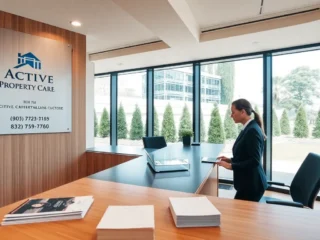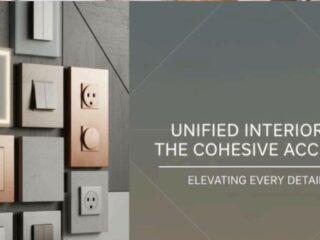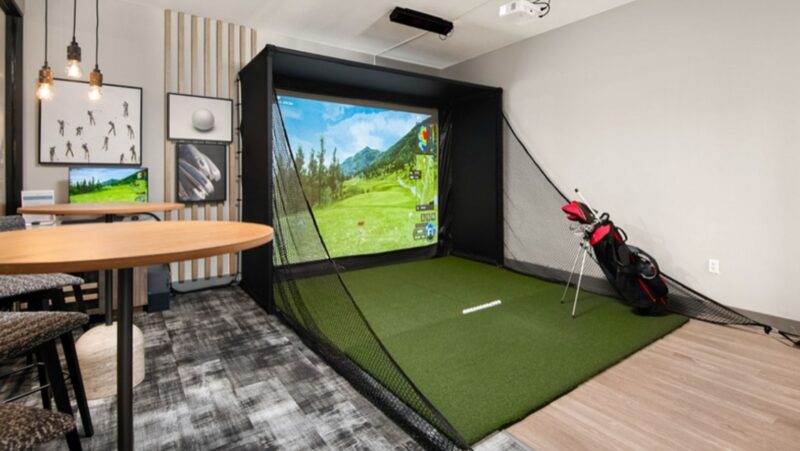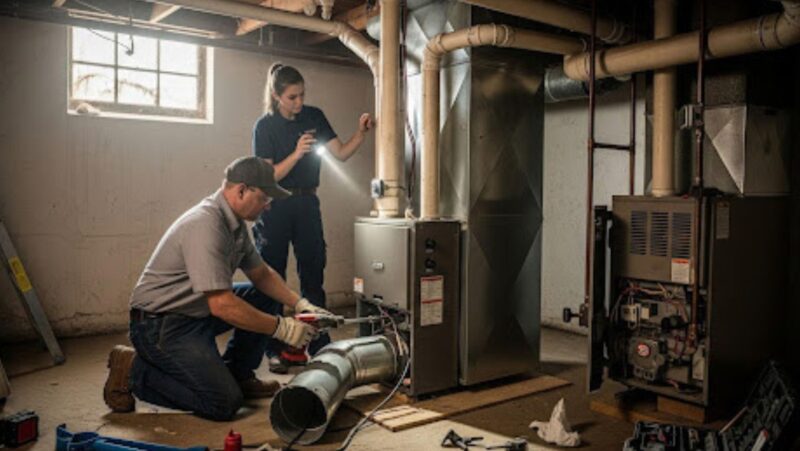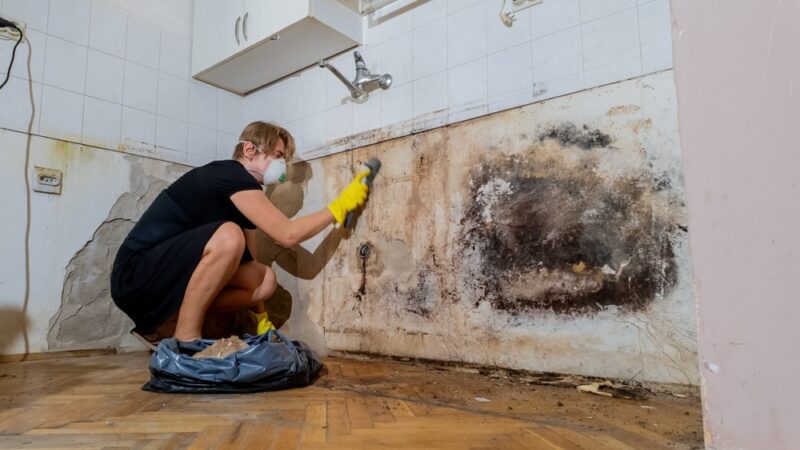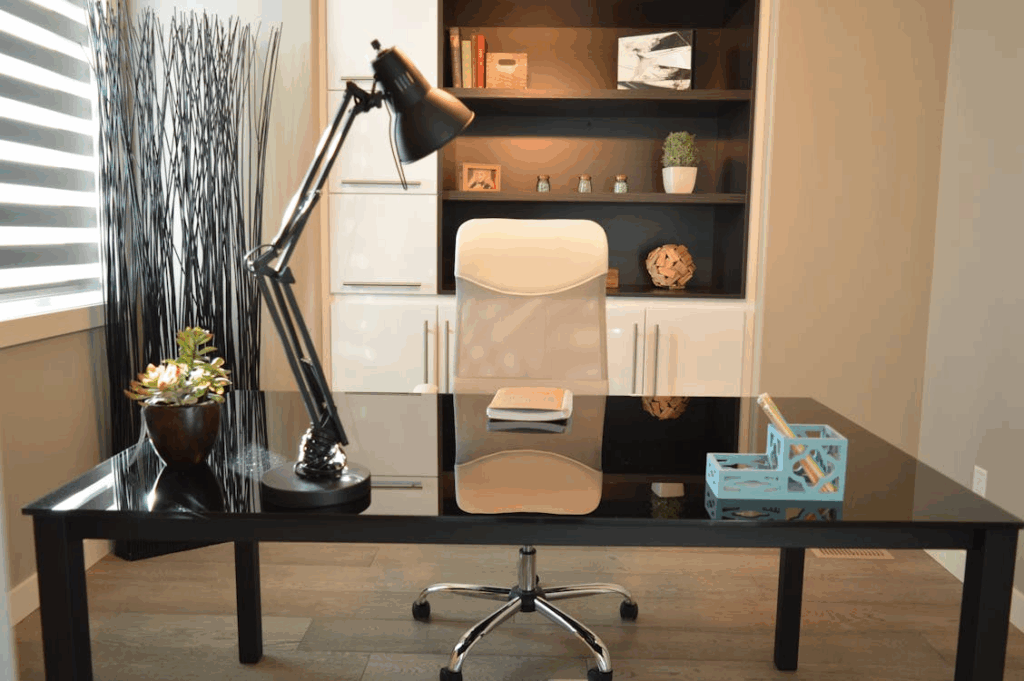
Are you looking to enhance your office space to make it more functional and adaptable?
Modern businesses are reinventing workspace design through the implementation of modular office solutions. With the right modular approach, you can:
- Increase productivity and workflow
- Adapt quickly to changing business needs
- Maximize your available square footage
- Create a more collaborative environment
And the best part? The implementation of modular office designs helps businesses conserve funds and minimize operational interruptions during changes.
Here’s how to make it happen…
Key Takeaways:
- What Are Modular Office Solutions?
- Benefits of Modular Design in Office Spaces
- Essential Components of Effective Modular Systems
- Implementation Strategies for Maximum Efficiency
- Maintenance Tips for Longevity
What Are Modular Office Solutions?
Modular office solutions function as flexible workspace systems which organizations can quickly assemble and disassemble to reconfigure spaces according to changing needs.
These systems exhibit their beauty through their exceptional adaptability. Modern modular construction systems incorporate everything from movable walls and adjustable workstations to integrated technology hubs and acoustic solutions – all designed to create functional, efficient workspaces that evolve with your business.
Modular office solutions function as advanced components that build your workspace. They allow you to:
- Turn meeting rooms into workstations or reverse the transformation in a matter of hours instead of weeks
- Your office space should grow or shrink based on your evolving business needs.
- Design workspaces that meet specific work style requirements through purpose-built environments.
You maintain the ability to change configurations at any time with a modular approach. The current business environment demands flexibility and adaptability which makes this element essential.
Benefits of Modular Design in Office Spaces
The move toward modular office solutions functions as more than a design trend because it addresses actual business needs of today.
Here’s why modular designs work so well:
First, they offer unmatched flexibility. Given that the United States national office vacancy rate stands at 11.8% businesses must optimize space usage more efficiently. Modular systems enable workspace adjustments without the need for moving or substantial construction projects.
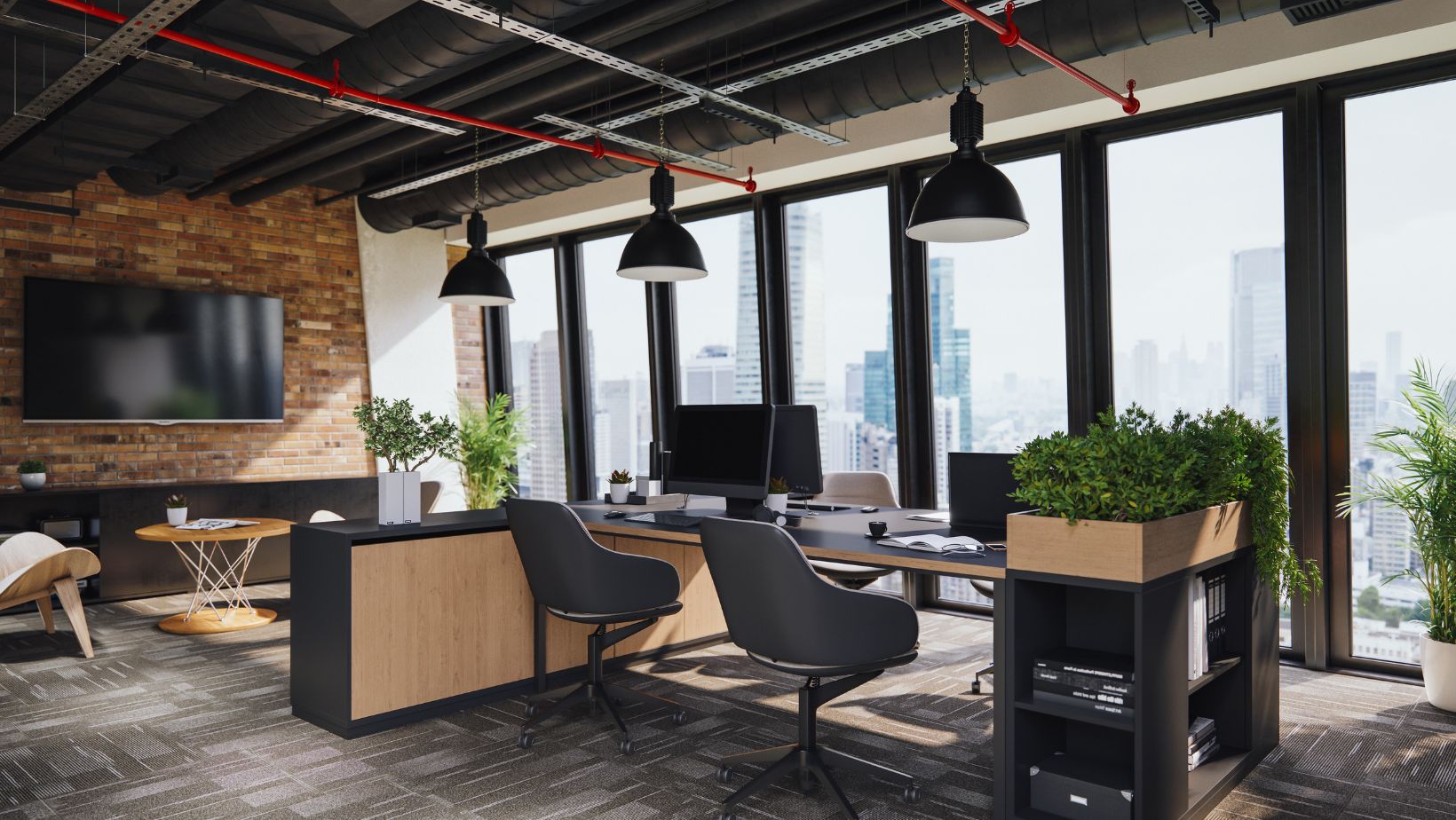
Saving money is just one aspect of why modular systems are beneficial.
Modular office solutions provide companies with the ability to adapt to evolving work patterns. Many organizations now require employees to work more hours on-site while others enforce stricter rules about in-office attendance. The transition in workplace requirements demands more flexible and attractive office spaces.
The numbers don’t lie. The demand for adaptable office spaces continues to rise as companies adjust to workforce expectations, which leads to an expected absorption of 24.9 million square feet of office space over the past three quarters.
Essential Components of Effective Modular Systems
Effective modular office systems require various key components to operate together seamlessly. The implementation of modular solutions requires you to evaluate several important factors.
Modular walls and partitions: The fundamental structure of your space relies on modular walls and partitions. Unlike traditional drywall, modular walls can be:
- Relocated without demolition
- Reconfigured to create new spaces
- Integrated with technology and power systems
- Designed with varying levels of acoustic privacy
Adaptable workstations: The core component of any office system must be versatile enough to support multiple work styles and requirements.
Integrated technology: Modern offices require complete technology integration through power distribution, data connectivity, and audiovisual systems.
Furniture systems: Office furniture should include modular storage solutions and areas for collaboration along with multi-functional fixtures beyond standard desks and chairs.
Office managers often overlook that top modular systems function as complete ecosystems instead of stand-alone products. When all components of your office work in sync they create peak workspace efficiency.
Implementation Strategies for Maximum Efficiency
Implementing modular office solutions requires thoughtful planning. Here’s a step-by-step approach:
- Assess your current and future needs: Your business planning should extend beyond today’s needs and include projections for the next 3-5 years.
- Engage with workspace specialists: Choose partners who have expertise in both design elements and functional requirements.
- Create a phased implementation plan: The approach reduces interruptions while enabling ongoing improvements throughout the process.
- Prioritize flexibility in your selections: Opt for systems that allow for future expansion without significant extra costs.
Successful results require active participation from both company leaders and employees throughout the implementation process. An individual’s sense of ownership over their workspace leads to more effective usage of that space.
The trend of companies focusing on modern offices with numerous amenities creates a higher demand for superior quality workplaces. The creation of effective workspaces that serve practical functions and attract employees remains essential for businesses.
The implementation phase goes beyond installation because it requires effective change management. Educate your team members about how their new modular workspace functions and what benefits it provides.
Maintenance and Longevity
Modular office solutions offer long-term benefits that are often overlooked. Proper maintenance of modular systems extends their lifespan considerably beyond that of traditional office buildouts.
You can extend your modular systems’ lifespan through proper maintenance.
- Inspect moving sections and connection junctions during routine checks
- Keep track of all components when reconfiguring
- Coordinate with your provider to schedule regular system refurbishment options.
- Provide facility staff with proper training for handling and adjusting techniques.
Maintenance programs offered by modular system providers help prolong investment life. Maintenance programs from modular system providers provide optimal functionality while costing significantly less than replacement options.
Traditional office construction usually requires full demolition and reconstruction when updates are needed. Modular systems enable users to update or swap out individual units without affecting the full system’s operation.
Future Trends in Modular Office Design
The modular office landscape continues to evolve. Here are some emerging trends to watch:
- Biophilic integration: Modern modular systems are beginning to integrate organic elements by including living walls and technologies that diffuse natural light.
- Advanced acoustics: Flexible office spaces now require more advanced acoustic solutions through the use of modular components.
- Sensor technology: Smart modular systems have achieved the capability to analyze usage patterns which enables them to suggest optimized configuration setups.
- Sustainability focus: Manufacturers create modular components based on circular economy principles which facilitate easier reuse and recycling processes.
The convergence of these trends presents an exciting development. The future modular office design will extend beyond flexibility to incorporate intelligence alongside sustainability and wellness features.
Wrapping Up the Modular Revolution
Modular office solutions go beyond a new construction method by serving as a strategic tool for workspace management that fits contemporary business demands.
By embracing modularity, you gain:
- Unmatched flexibility to adapt to changing needs
- You will save money due to lower expenses in construction and future reconfigurations.
- Improved employee experience through purpose-built environments
- Environmental benefits from reusable components
As office space absorption trends upward and return-to-office requirements become more widespread businesses must consider adaptable workspace solutions essential for their long-term stability.
Modular solutions create an effective and eco-friendly way forward for businesses that need complete office redesigns or gradual workspace improvements.
Your business will benefit from modular office solutions but the crucial factor is the speed at which you can deploy them to achieve a competitive advantage in your work methods.



